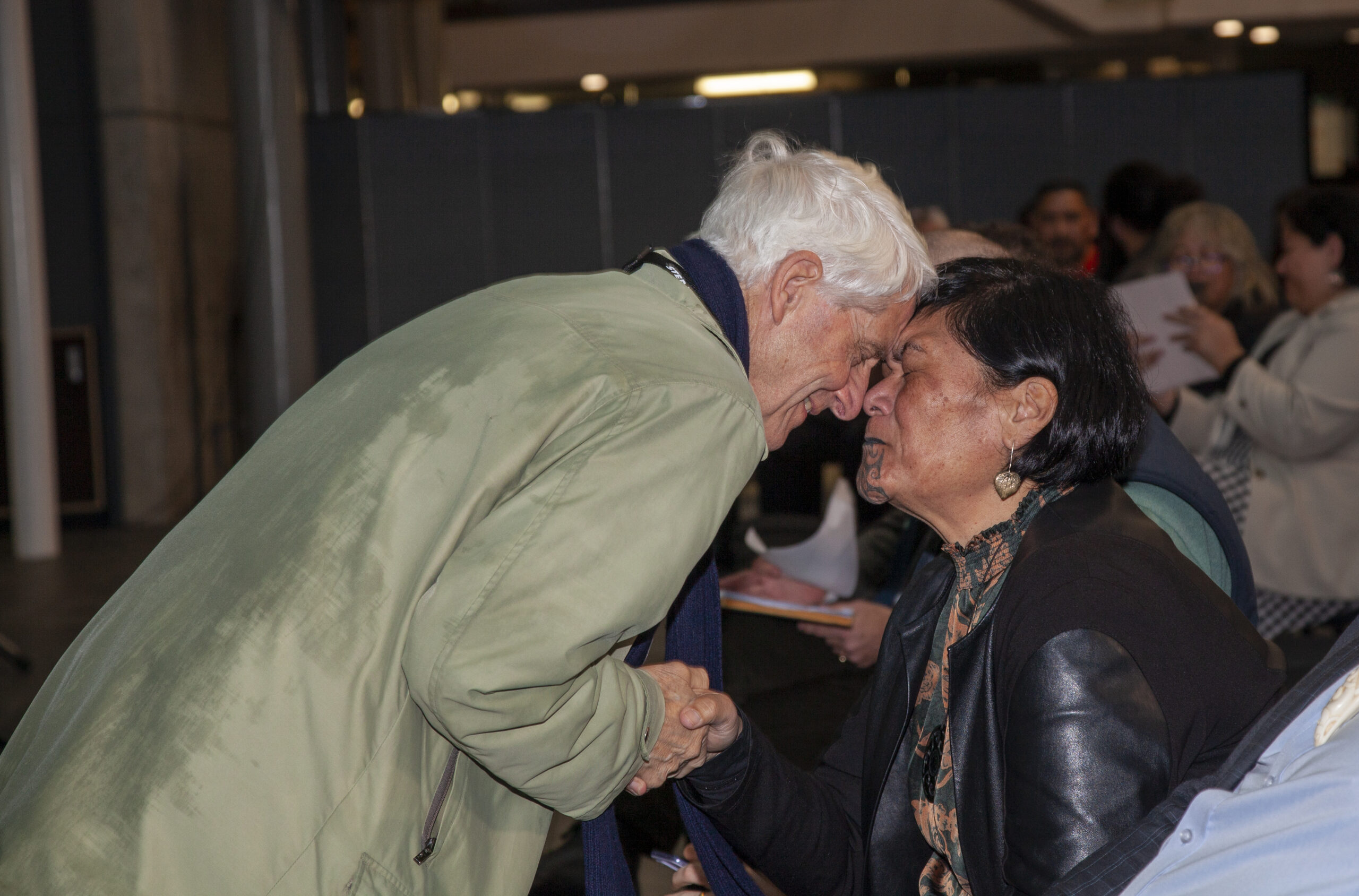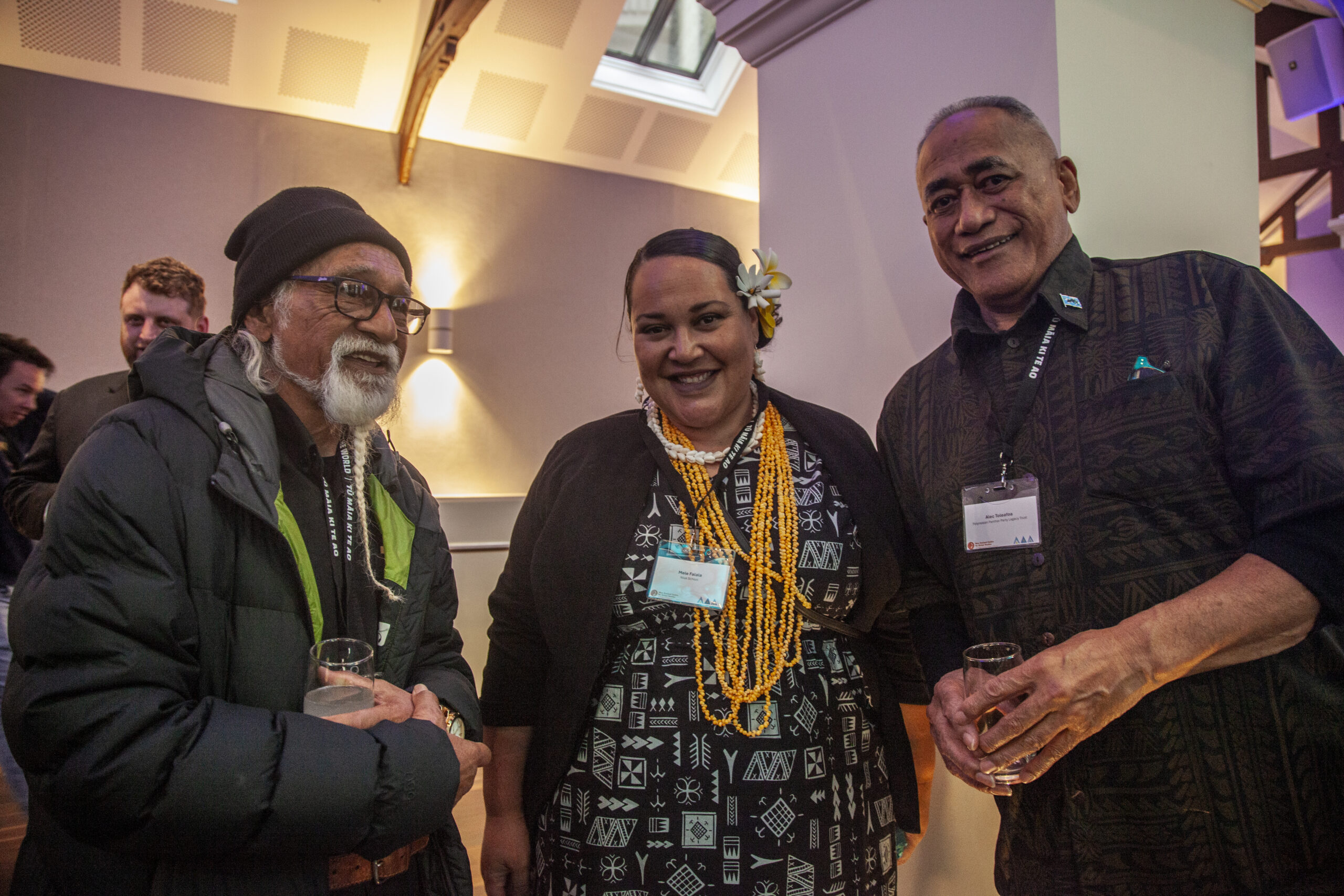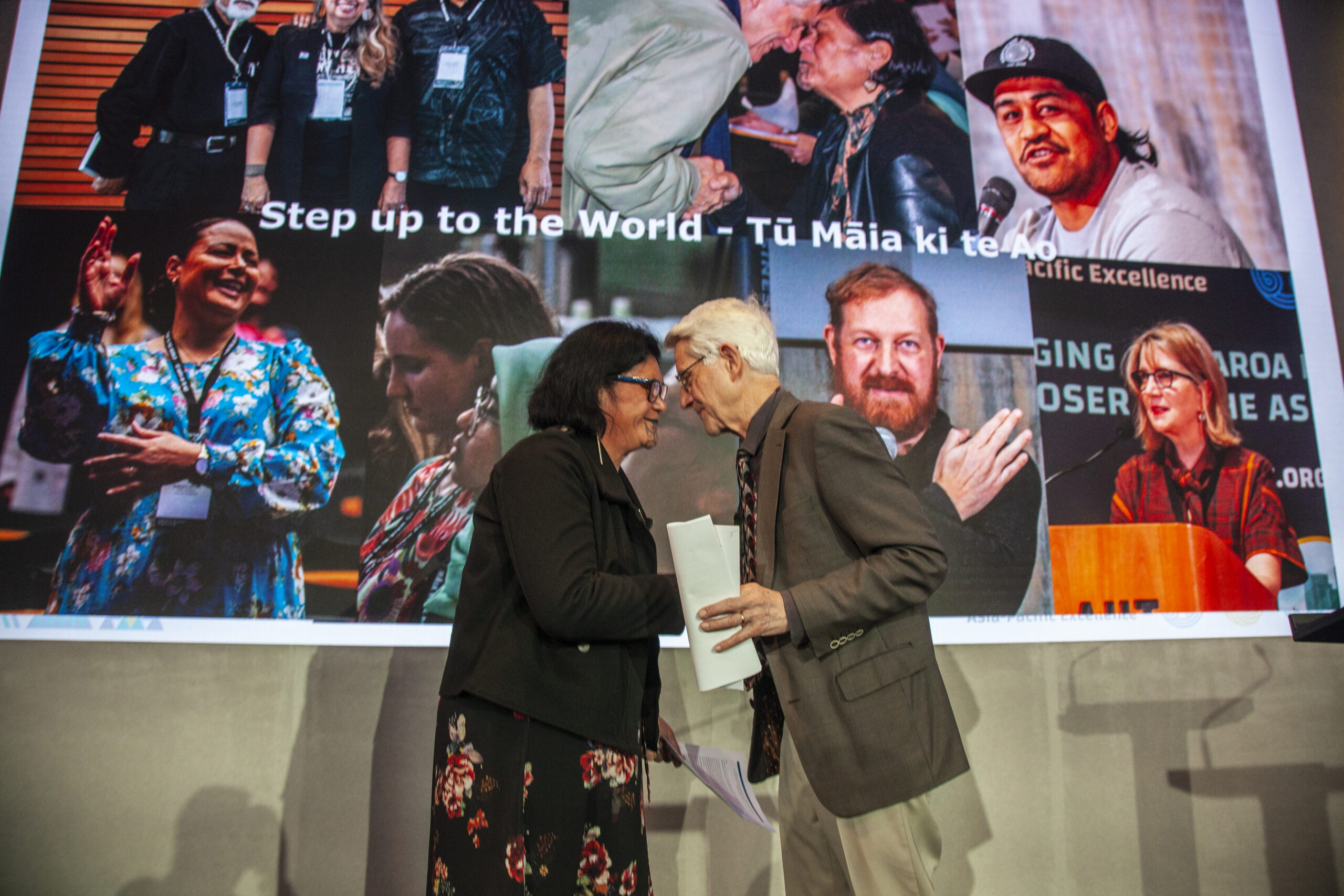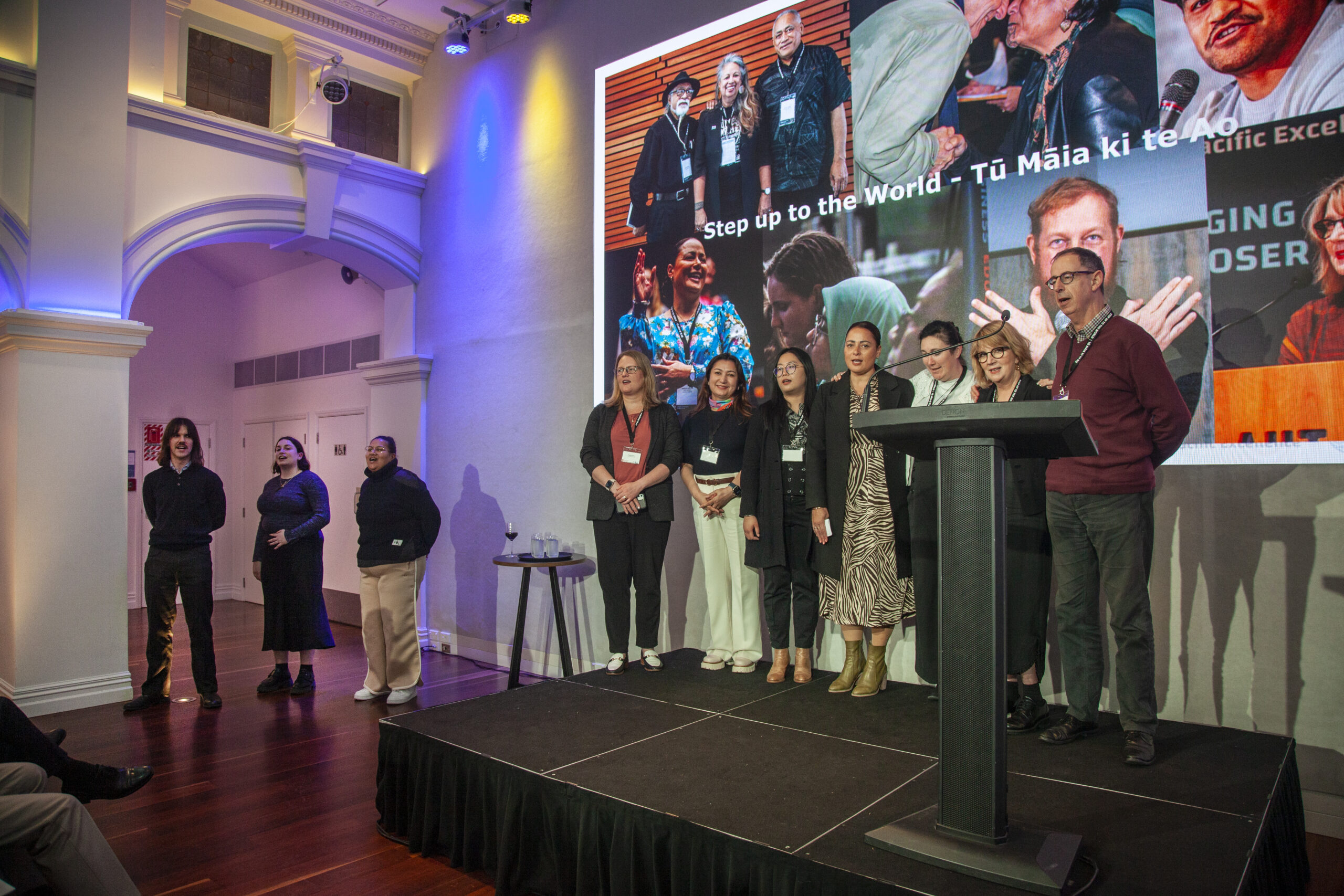In Part I, I commented on the state of individual fitness at the national level, focusing on the UK and the USA. In short, levels of physical activity need to increase.
But what about at the global level – through genuine global cooperation, across all countries? And who should be responsible?
The current international organizational system
The UN’s 17 Sustainable Development Goals (2015) currently form the central focus of the global community’s primary aspirations for a better quality of human (and other) life. SDG 3 concerns ‘Good Health and Wellbeing’. Its nine targets understandably focus on broad components: child health, maternal health, disease prevention. It’s left to the World Health Organization to explore natural ways of attaining good health and wellbeing, beyond medical and technological means.
For its part of course, WHO is currently at the centre of global attention, and has experienced more than its fair share of criticism, particularly for its early handling of the outbreak in and outside China.
There is no point commenting here on the US reflexive spasm towards the WHO under its current Administration; other than noting that the EU and UK took an entirely different approach – fix it; don’t spurn it. The independent review team of Helen Clark and Ellen Johnson Sirleaf has already indicated that they will be looking for improvement, not retribution. But, what of the WHO right now, regarding ‘fitness’?
World Health Organization
In fact, the WHO has a reasonably extensive exploration of the question of individual fitness. It offers six key facts as its departing point:
- Insufficient physical activity is one of the leading risk factors for death worldwide.
- Insufficient physical activity is a key risk factor for non-communicable diseases (NCDs) such as cardiovascular diseases, cancer and diabetes.
- Physical activity has significant health benefits and contributes to prevent NCDs.
- Globally, 1 in 4 adults is not active enough.
- More than 80% of the world’s adolescent population is insufficiently physically active.
- Policies to address insufficient physical activity are operational in 56% of WHO Member States.
- WHO Member States have agreed to reduce insufficient physical activity by 10% by 2025.
What is physical activity?
WHO defines physical activity as:
”any bodily movement produced by skeletal muscles that requires energy expenditure, including activities undertaken while working, playing, carrying out household chores, travelling, and engaging in recreational pursuits.”
Exercise’ is a sub-category of physical activity that is:
“ planned, structured, repetitive, and aims to improve or maintain one or more components of physical fitness. Beyond exercise, any other physical activity that is done during leisure time, for transport to get to and from places, or as part of a person’s work, has a health benefit.”[1]
It is intriguing that the WHO does not precisely define ‘fitness’ as such; the nearest it approaches is an observation that: “Fitness assessments involve aerobic capacity, flexibility, muscular endurance, and muscular strength and body composition.”[2]
Perhaps the most rigorous definition of ‘fitness, with a three-fold component (physiological, health-related, skill-related) was advanced in 2000 by the US President’s Council on Physical Fitness and Sports.[3]
Regular physical activity helps prevent obesity, heart disease, hypertension, diabetes and premature mortality.
These lifestyle diseases are an economic burden on all health services and a major public health burden worldwide. Fifteen years ago the WHO estimated that 61% of all deaths (35 m. people) were attributable to these chronic diseases. It is estimated that if the British people were 5% fitter, with an equivalent weight loss, this could save the NHS £5 b. annually.
All well and good; it is thus ‘exercise’ I am addressing when I speak of ‘fitness’, at least in the sense of the process (activity) designed to achieve individual fitness, and the above assessment of the components will suffice. And, my own interest is in achieving fitness through leisure exercise.
WHO promotion of physical activity
WHO conveys, methodically, what is clearly apparent to us intuitively: namely, that levels of physical activity around the word are inadequate:
- Globally, 23% of adults were not active enough in 2020 (20% men; 27% women);
- In high-income countries, the stats are worse (26% men; 35% women);
- In low-income countries, the stats are better (12% men; 24% women).
Global Action Plan for Physical Activity
What to do? WHO identifies a set of (nine) NCD targets, with the aim of reducing ‘premature deaths’ around the world by 25% by 2025.[4] Goal 3 is a 10% relative reduction in the prevalence of insufficient physical activity by 2025.[5] As the WHO puts it: “achieving these targets is feasible through high-level political commitment, whole-of-government action, and support and engagement from everyone to create the healthy environments needed to beat NCDs.”
Again, well and good. But, as we know only too well with the coronavirus, the WHO is empowered only to set guidelines and encourage national action on the targets. It runs a ‘campaign’ to that effect.[6] But, it seems palpably obvious that we need something more.
A ‘Global Exercise Council’
I propose a new Global Exercise Council, GEC, to encourage governments to improve the health of their nations.
Such a body could produce the exercise equivalent of GDP per capita. Each country would have an ‘E-rating’ (as opposed to the Covid R rating) where E equals the overall exercise and an indicator of the health of a nation.
The GEC could operate as an integral part of WHO. Or it could act independently. There would be competing reasons for either one.
Either way. there is no time to waste. The new body needs to prepare for future pandemics, not to mention natural disasters and the annual flu virus. Governments concentrate on the sickness of health and the existing international bodies have proved largely inadequate in encouraging activity. The GEC would have more powers of persuasion than is currently the case with international organizations.
[1] https://www.who.int/news-room/fact-sheets/detail/physical-activity
[2] Guidelines on Improving the Physical Fitness of Employees (WHO European Centre for Environment and Health; 1999), p. 38 https://www.who.int/occupational_health/publications/eurfitness/en/
[3] Definitions: Health, Fitness and Physical Activity: http://www.fitness.gov/digest_mar2000.htm
[4] Non-Communicable Disease Targets: https://www.who.int/beat-ncds/take-action/targets/en/
[5] Goal 3: Reduce Physical inactivity: https://www.who.int/beat-ncds/take-action/policy-brief-reduce-physical-inactivity.pdf?ua=1







An excellent follow up to the first article & clear international overview of the global perspective.
Great article David – Global Exercise Council (especially if it has teeth) would be a strong platform to start driving change.
Great article! I couldn’t agree more about the idea of a Global Exercise Council. We need to be taken seriously as an industry that can assist with the prevention of disease and move away from the latent images of sweaty selfies and being lumped in with bars and restaurants when it comes to restrictions.
Excellent commentary. Packed with useful information and insights!
A very informative and interesting read! It is hard to find such a deductive article on this relevant topic these days.
Очень интересная и информативная статья! Эта актуальная тема и мнение такого профессионала своего дела как Дэвид очень важно услышать.
Google Translate: Very interesting and informative article! It is very important to hear this current topic and the opinion of such a professional in his field as David.
Can you please add an English translation?
With thanks,
Thanks David, a good read on the global Fitness position and also a good recommendation; the GEC.
Enjoyed reading both articles. Excellent overview and brilliant forward thinking proposal. GEC can be a genuine global policy maker. And I would be keen to read updates as many countries in Europe returns to lockdown.
英・米やWHO世界保健機関の状況についての概観、未来志向の提案とも興味深く拝読しました。第2波により欧州諸国がロックダウンに戻る中で、各国の動向が気がかりです。続編に期待します。